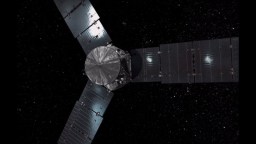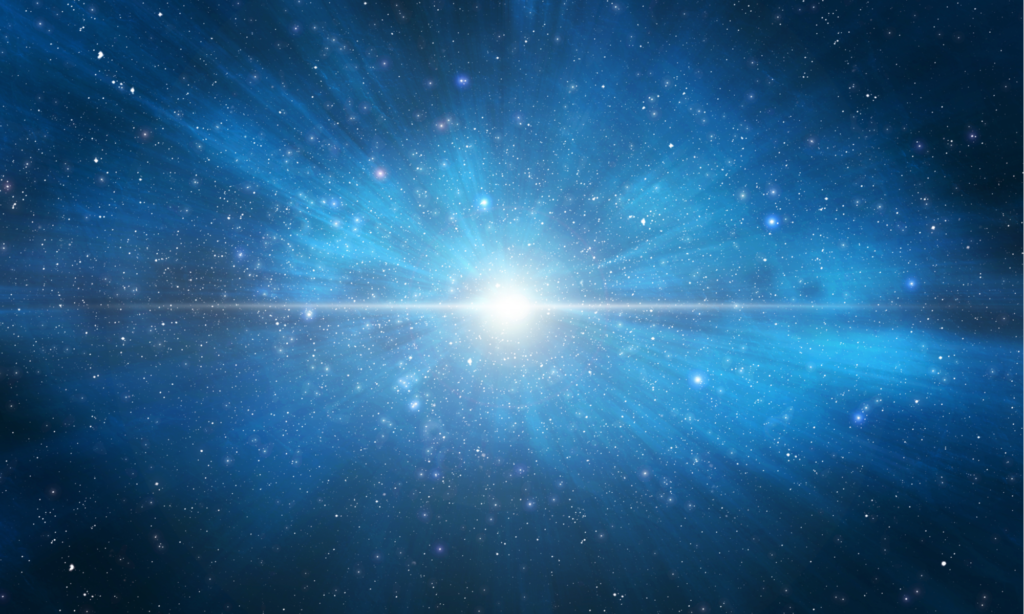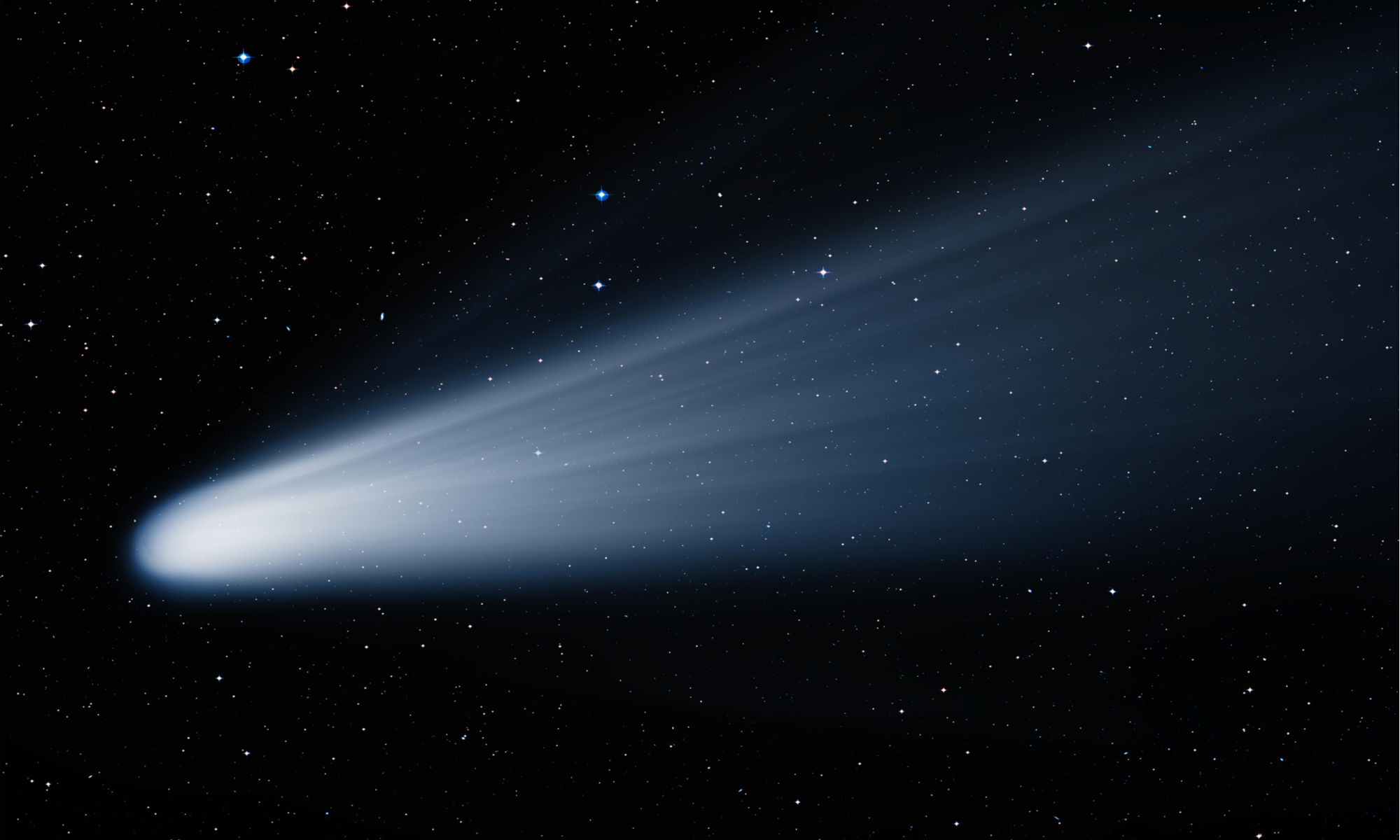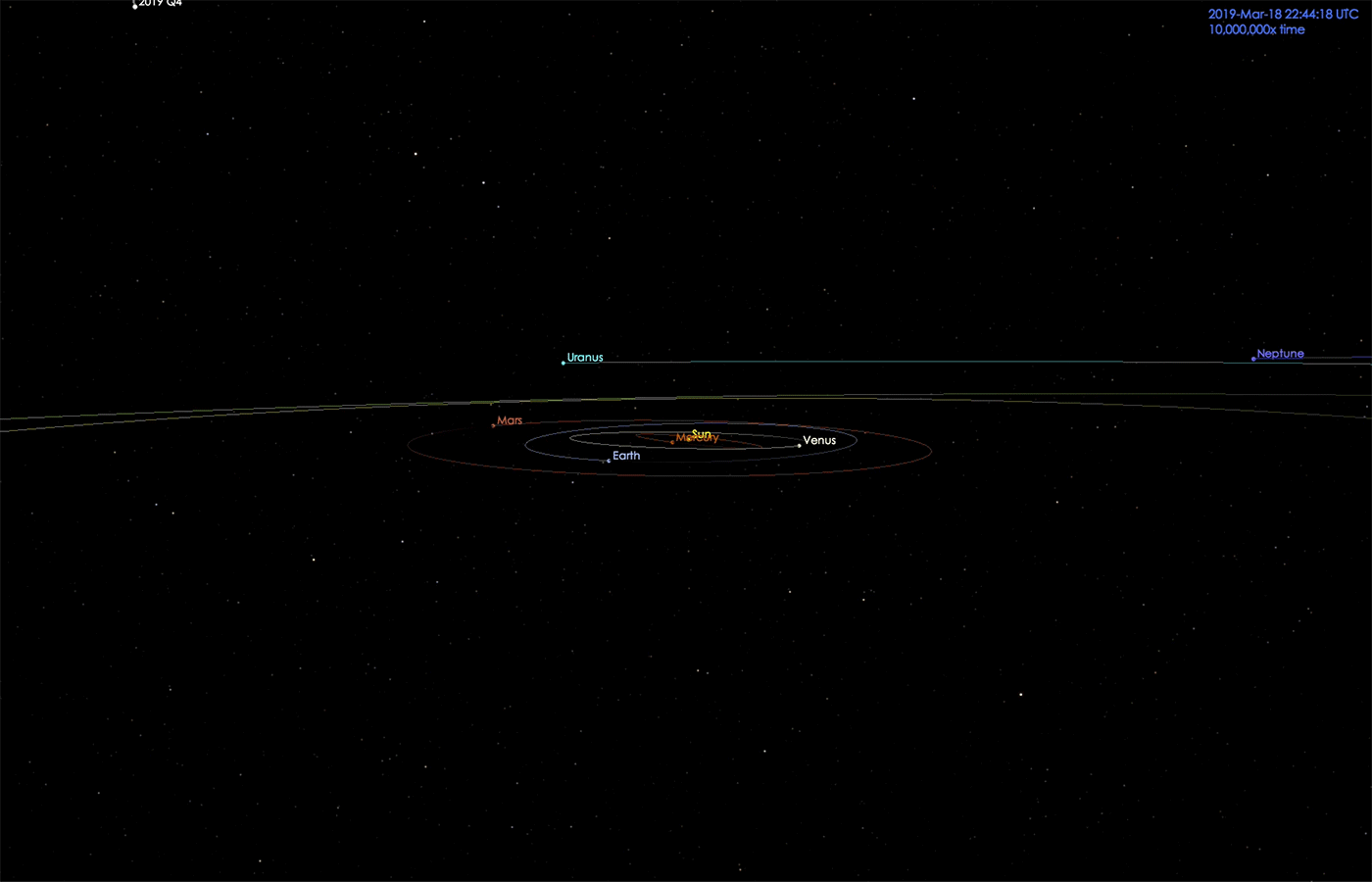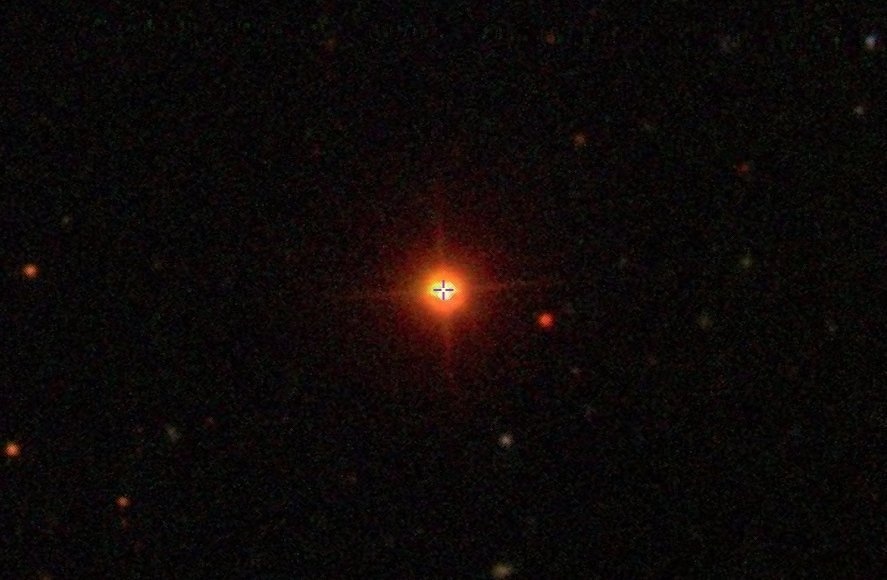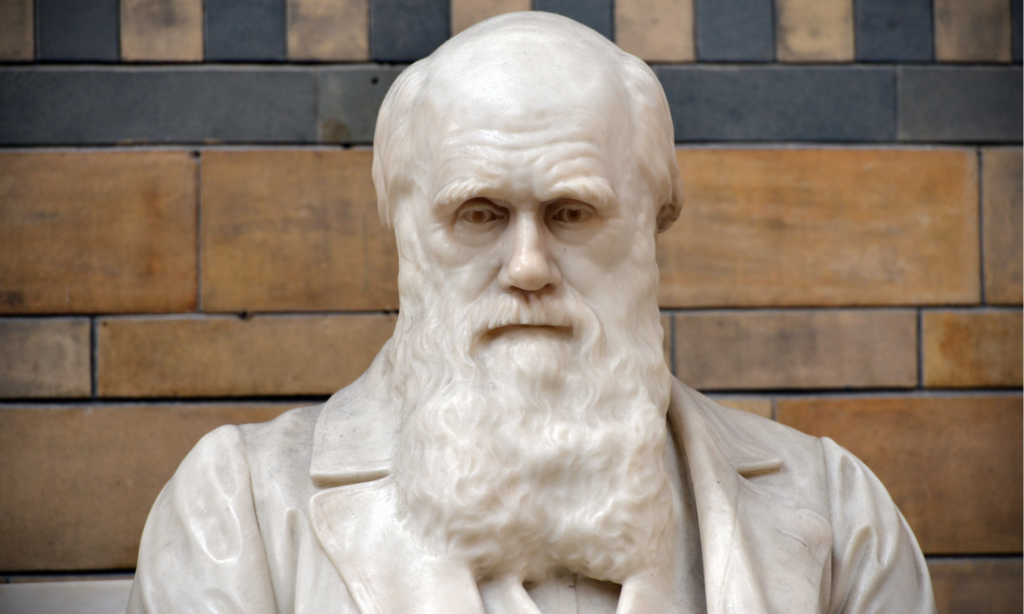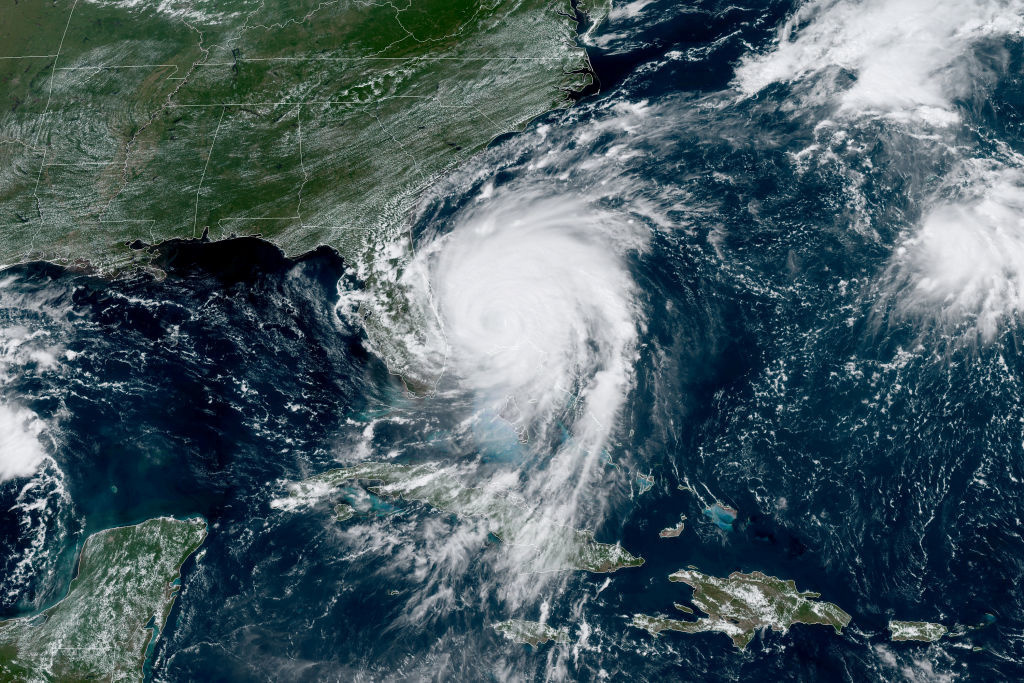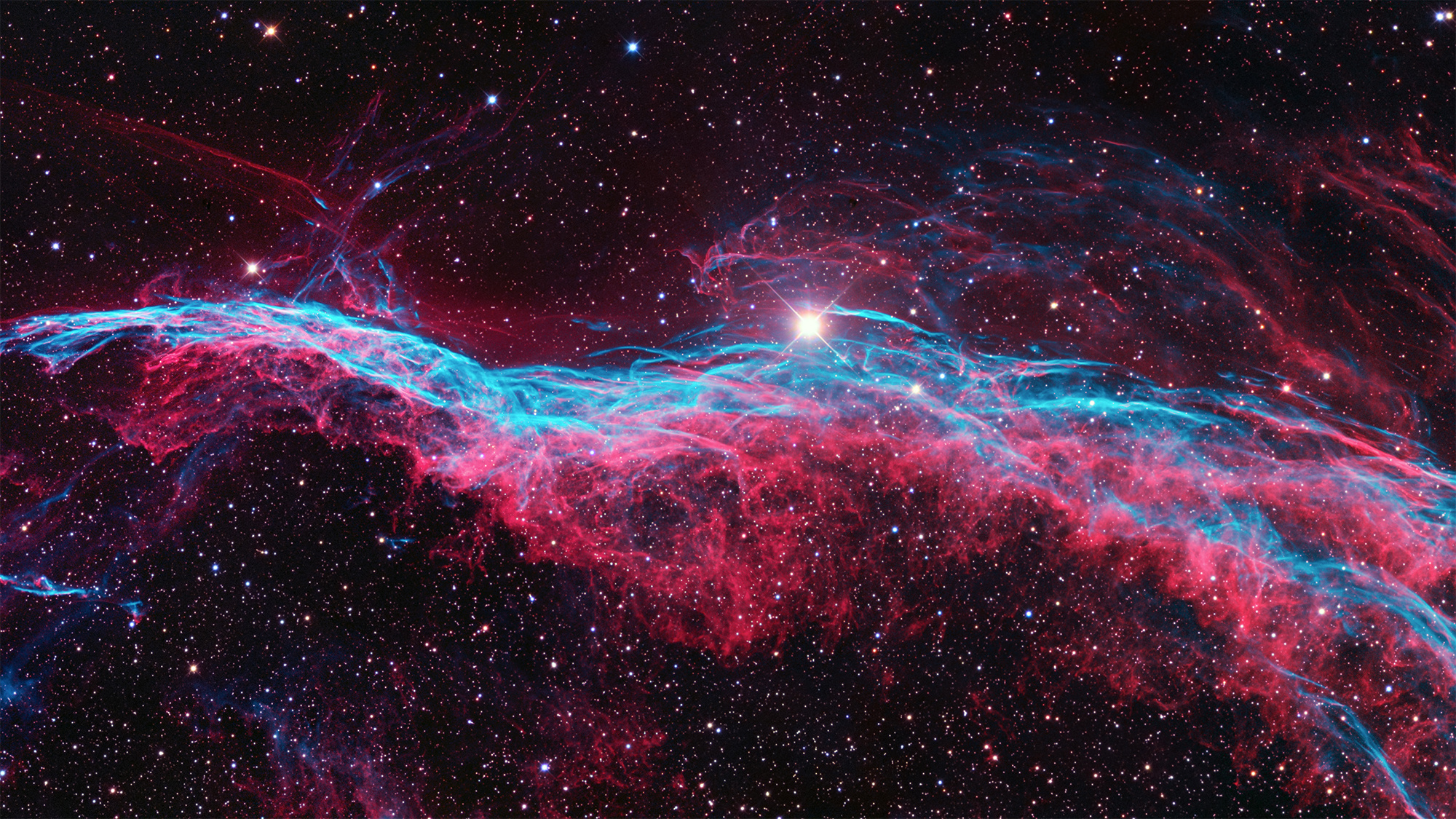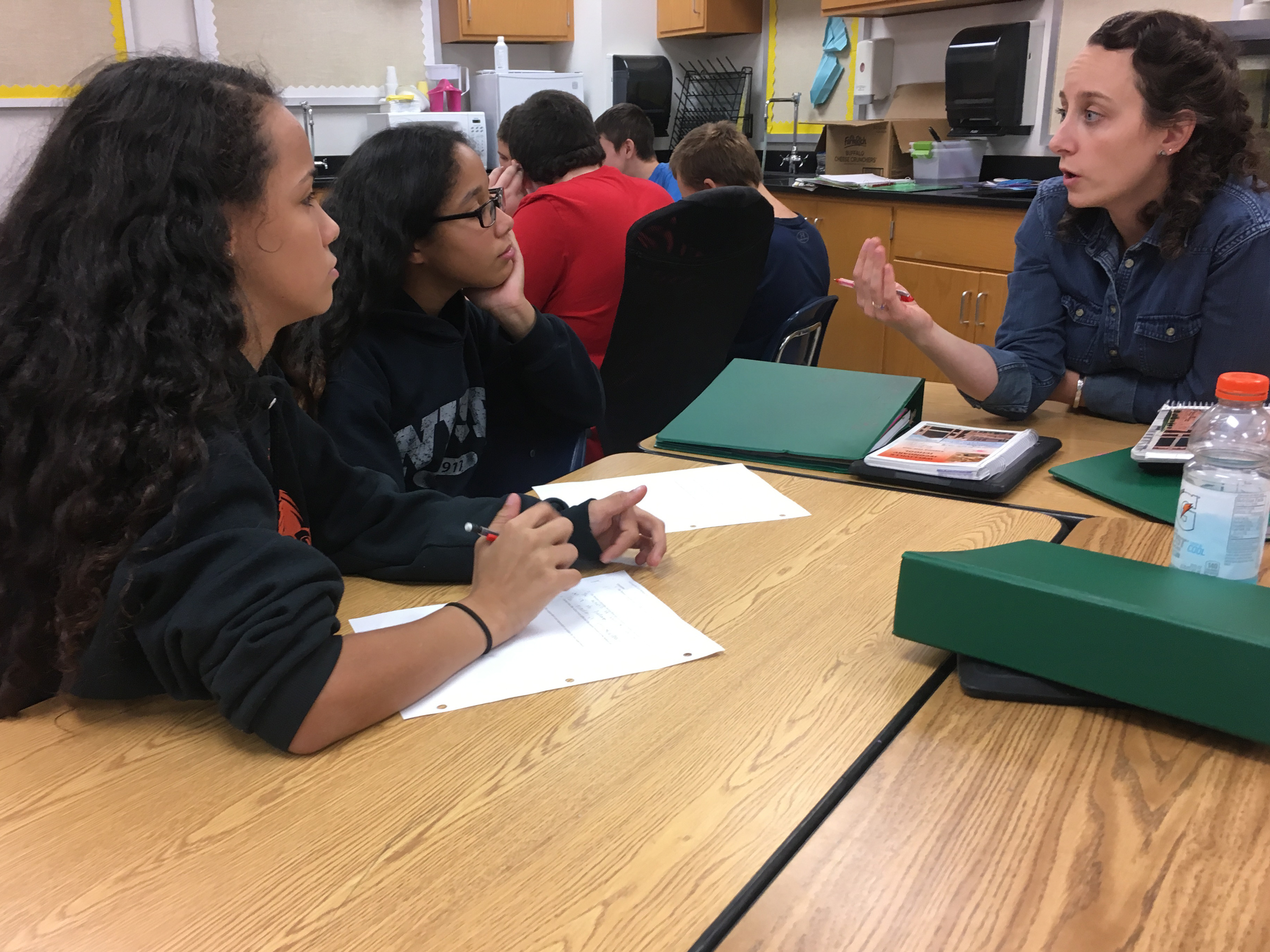Hard Science
All Stories
Outside Europe, much of the world followed an assortment of rules and understandings about what time meant.
A lifelong fan on why she’s drawn to the magnificent gas giant.
▸
with
For Black Hole Week, NASA released a mesmerizing animation of what a black hole probably looks like.
Before the next big, dangerous, incoming rock arrives.
Our first “Ask a Scientist” feature is all about the ever-growing universe.
Scientists find that bursts of gamma rays may exceed the speed of light and cause time-reversibility.
Determining whether human nature is short-sighted when it comes to survival-necessary situations
It just might be a possibility.
Japanese physicists devise technology to discover axion dark matter.
A NASA robot on Mars sends back unusual findings, including timed magnetic pulses.
An unexpectedly revealing find in Mongolia solves a longstanding riddle.
Objects coming into our solar system have an origins story to tell.
So much for rest in peace.
Two recent polls underscore Americans’ shifting attitudes on climate change.
A question that’s baffled physicists for nine years has been resolved by the simplest possible answer.
An amateur astronomer discovers an interstellar comet on its way to our Sun.
From Newton to today’s scientists, we’re only seeing part of the story unfold.
Scientists say it might even rain on the exoplanet, dubbed K2-18b.
He lost his passion for poetry and other aesthetic, spiritual interests.
Hurricane Dorian has devastated the islands.
We trust science more than we even realize, and yet we’re quick to reject it. Why?
The Category 5 hurricane was moving at speeds of about 1 mph over the Bahamas on Sunday and Monday.
The effects of deforestation extend farther than previously thought.
Existential dread, meet astronomical wonder.
The development of implicit biases starts at a young age and then they get reinforced over time.
The Von Braun Space Station, based on the concepts of a controversial scientist, is moving ahead with construction plans.
Exploring the idea that objects we perceive in everyday life do not reflect objective reality.
▸
3 min
—
with
Reviewing the conflagration within Central Africa.

